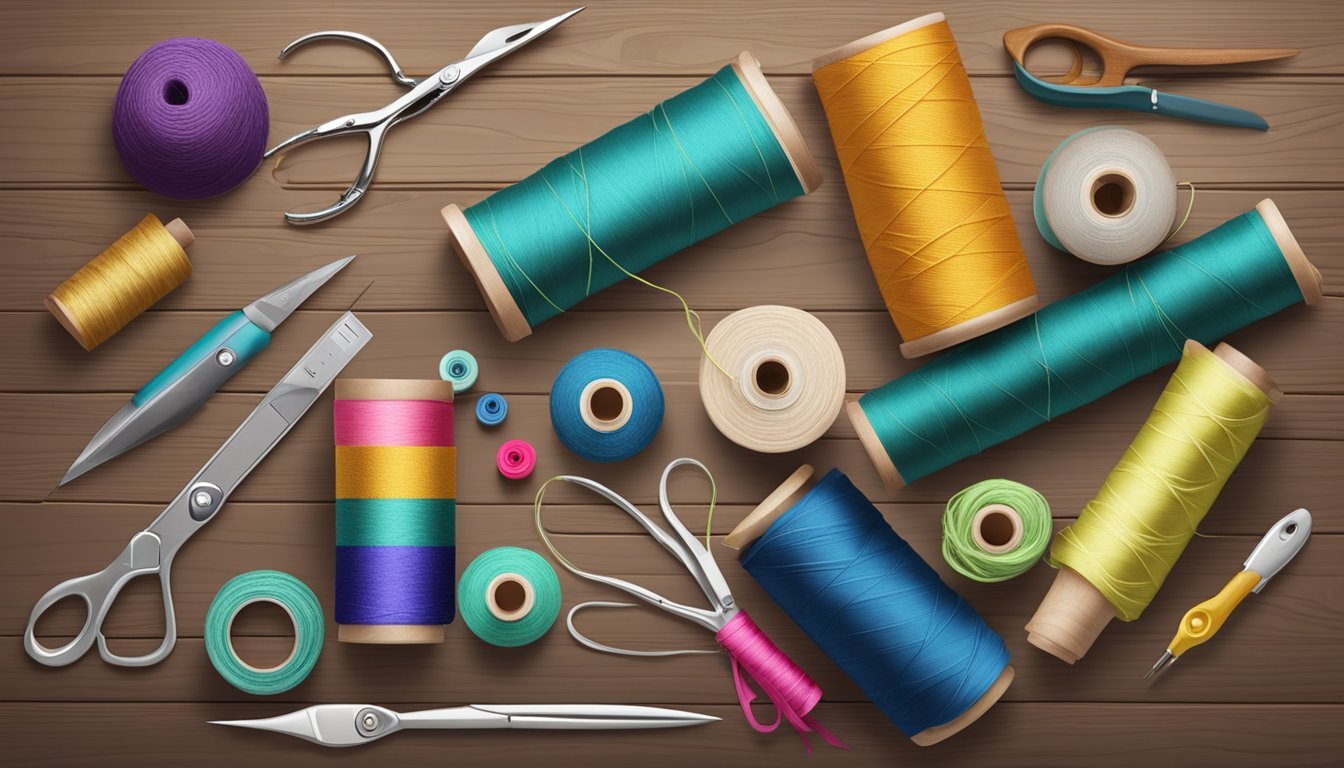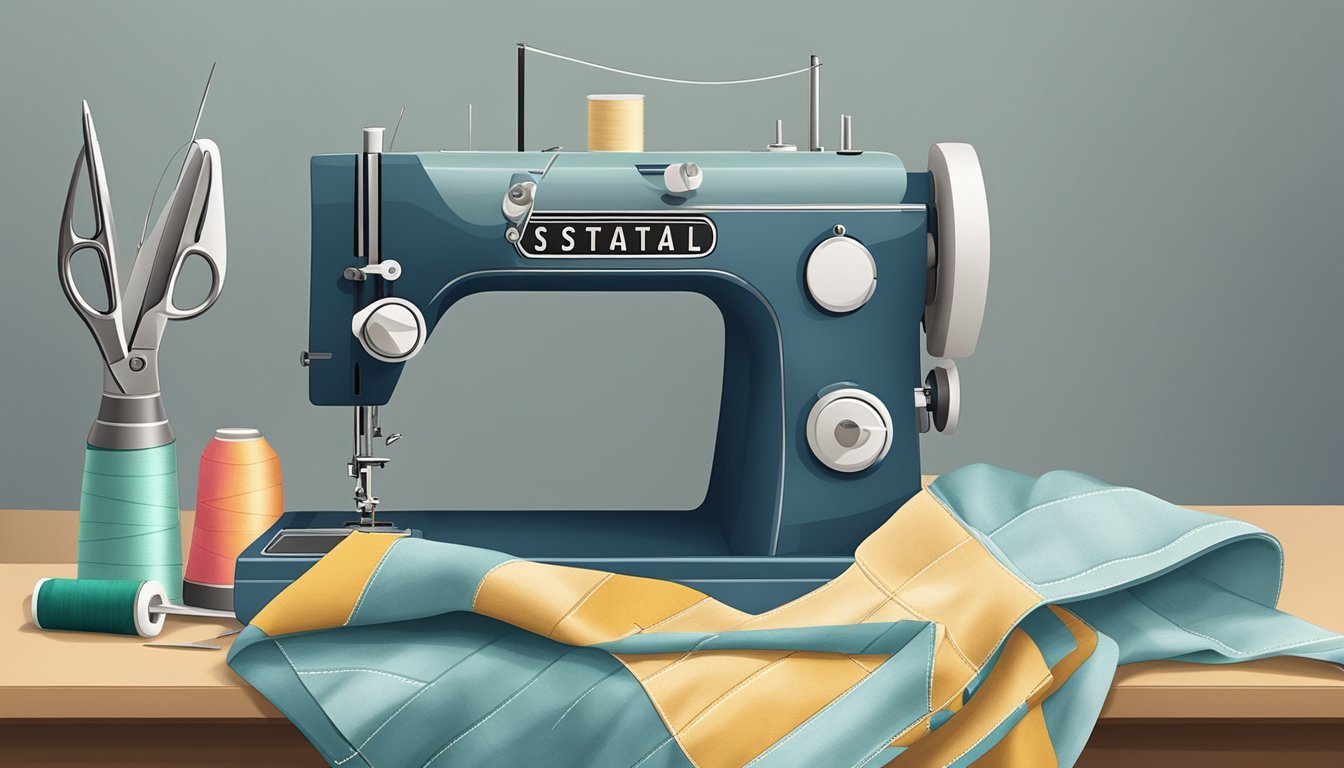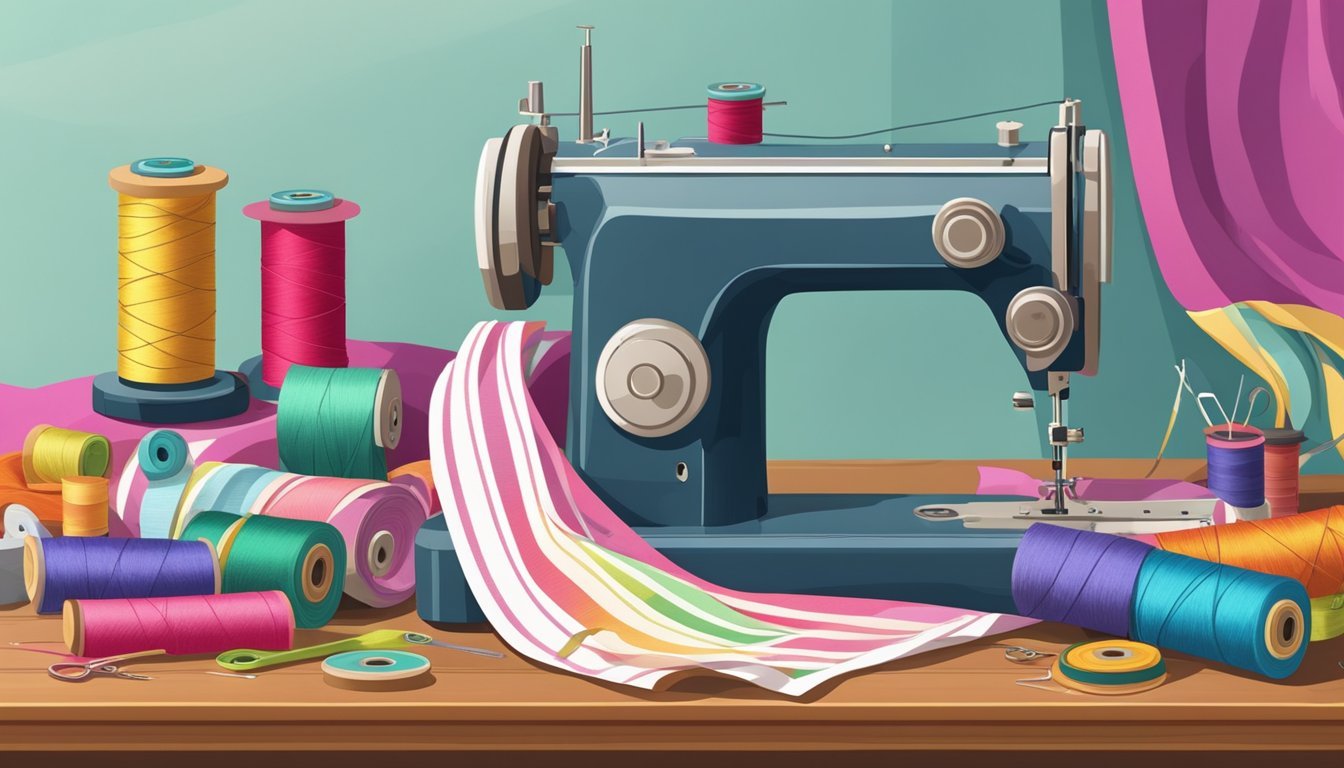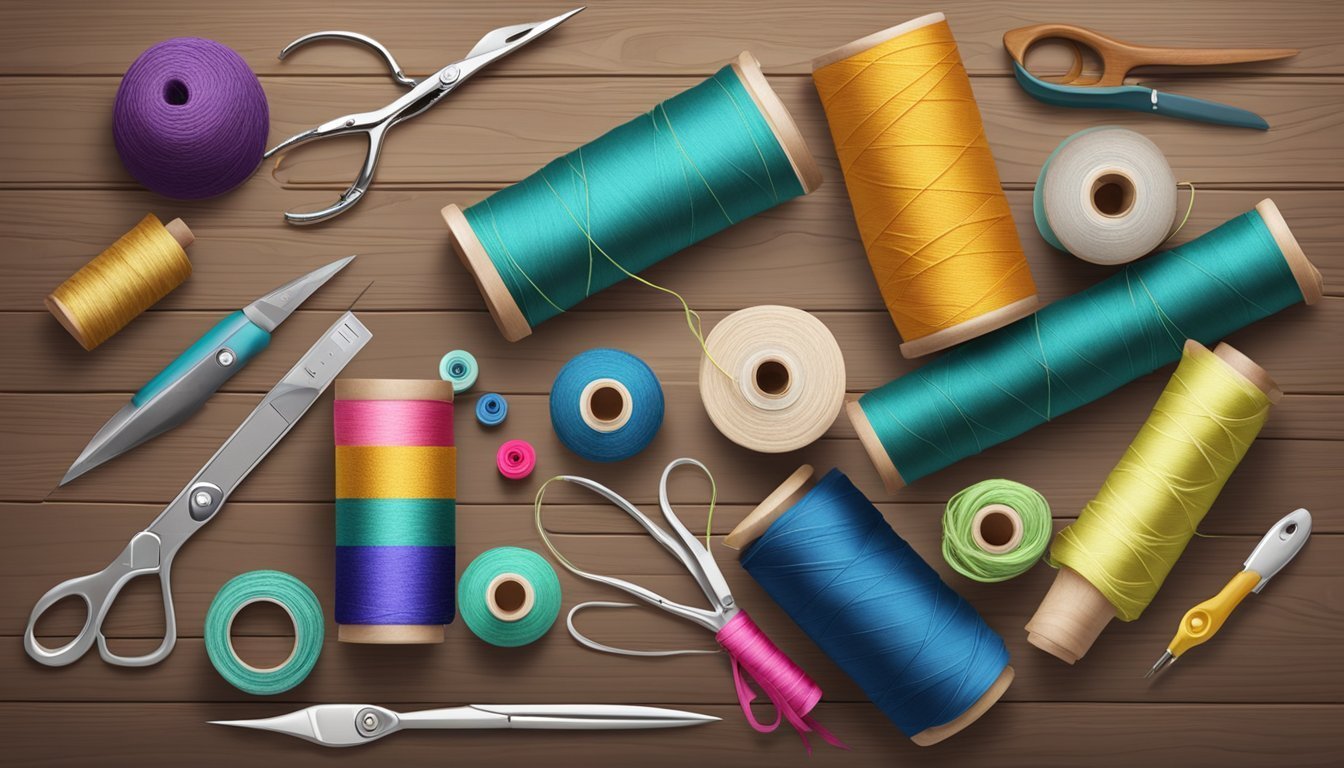Sewing can be an incredibly rewarding hobby, especially if you’re just starting out.
Easy projects will help you build skills and boost your confidence without overwhelming you.
Whether you want to create something useful or just have fun with fabric, the right beginner projects can make all the difference.

Getting started with sewing doesn’t have to be complicated or expensive.
Simple projects allow you to practice basic techniques and learn how to handle a sewing machine while crafting items you can actually use.
So, grab your fabric and thread, and let’s dive into some fun and manageable sewing projects to kick off your journey!
1) Patchwork Pillow
Making a patchwork pillow is a great project for beginners.
You can use fabric scraps or charm packs you love.
It’s a fun way to practice sewing while creating something useful.
Start by choosing your fabric.
You can go for a variety of colors or stick to a theme.
Cut your fabric into squares or strips, depending on the design you want.
Sew the pieces together using a simple straight stitch.
Just remember to use a quarter-inch seam allowance for consistent sizing.
Once you’ve assembled the top, add a backing fabric.
Finish by inserting a pillow form or stuffing.
You can sew the pillow closed or use a zipper for easy access.
This project not only helps you refine your skills but also adds a personal touch to your home.
Enjoy the process!
2) Drawstring Bag
Making a drawstring bag is a fun and practical project for beginners.
It’s perfect for storing items like gym clothes, toys, or even as a gift bag.
You can choose your favorite fabric to match your style.
The great thing is that you can make these bags in various sizes, depending on your needs.
You’ll need some basic supplies, like fabric, ribbon or cord, and basic sewing notions.
There are many tutorials available that guide you through each step, making it easy to follow along.
Whether you’re using a sewing machine or hand sewing, creating a drawstring bag only takes a little time.
You can find patterns that help you sew up your bag quickly.
With options to finish the seams simply, this project is accessible for anyone just starting out.
Once you’ve made one, you might find yourself wanting to make several more!
3) Simple Tote Bag

Making a simple tote bag is a great project for beginners.
You only need a few materials and some basic sewing skills.
Start with sturdy fabric, like canvas or duck fabric.
A sewing machine will make the process quicker, but you can sew by hand if you prefer.
Cut two rectangles of fabric to your desired size.
Remember to add extra for seams.
You can also add fabric straps for handles.
Sew the sides together and leave the top open.
If you want it lined, cut identical pieces from a different fabric and sew them inside.
This tote bag is versatile and can be used for shopping, carrying books, or even as a gift.
You can customize it with fun patterns or colors to match your style.
With clear steps and some creativity, you’ll have your own unique tote bag in no time!
4) Fabric Coasters
Fabric coasters are a fantastic project for beginners.
They’re quick to make and perfect for using up scrap fabric.
You can create a unique set that adds a personal touch to your home.
To start, you’ll need some basic supplies like fabric, batting, and thread.
Choose fabrics that match your style or decor.
This will make your coasters a fun addition to your space.
The sewing process is straightforward.
Cut your fabric and batting to size, layer them, then sew around the edges.
You can opt for a simple straight stitch or get creative with decorative stitching.
If you need some inspiration, look for free patterns online.
Many resources provide easy-to-follow instructions that guide you through the process step by step.
Making fabric coasters can also be a great gift idea.
A handmade set is thoughtful and practical, perfect for friends or family.
Plus, it’s a simple way to practice your sewing skills while creating something useful!
Elastic Headband
Making an elastic headband is a fun and simple project suitable for beginners.
You’ll need some fabric, a length of elastic, and basic sewing supplies.
Start by measuring and cutting your fabric.
A common size is about 20 inches long and 3 to 4 inches wide, but you can adjust it for different styles.
Fold the fabric in half, right sides together, and sew along the long edge.
Next, turn the fabric tube right side out.
This can be done using a safety pin if needed.
Then, cut a piece of elastic about 8 inches long.
Insert the elastic into the fabric tube, pinning each end in place.
Finally, fold the ends of the fabric over the elastic and sew them together.
Make sure to securely close the ends to prevent the elastic from slipping out.
This easy project allows for creativity in fabric choice and style, making it a great choice for personal use or gifting.
Enjoy your new headband!
Getting Started with Sewing

Sewing can be a fun and rewarding hobby, especially when you have the right tools and materials.
Understanding the essentials will set you up for success as you embark on your sewing projects.
Essential Tools for Beginners
Before you start sewing, gather some basic tools that will make your experience smoother.
Here’s a list of must-haves:
- Sewing Machine: A reliable machine tailored for beginners is crucial. Look for one with basic features and good reviews.
- Fabric Scissors: Invest in a sharp pair designated for fabric to ensure clean cuts.
- Measuring Tools: A measuring tape and a clear ruler are essential for precision.
- Pins and Needles: Get an assortment of sewing pins and a variety of needles for different fabrics.
- Seam Ripper: Mistakes happen! This tool will help you fix them easily.
You don’t need everything at once.
Start with the basics, and expand your toolkit as you progress.
Choosing the Right Fabric
Selecting the right fabric is key for your sewing projects.
Beginners should focus on fabrics that are easy to handle.
Here are a few recommendations:
- Cotton: This is a great fabric for beginners. It’s easy to sew, press, and comes in various prints.
- Canvas: For more structured projects, such as bags, canvas is ideal due to its durability.
- Fleece: This is perfect for cozy items, like blankets and hats. It doesn’t fray easily, which simplifies sewing.
Avoid slippery fabrics like silk or intricate materials until you have more experience.
Always prewash your fabric to avoid shrinkage after you’ve sewn your project.
Understanding Basic Sewing Techniques

Before diving into sewing projects, it’s essential to grasp some basic techniques.
These will not only aid in executing projects accurately but also enhance your confidence as you develop your skills.
How to Read a Sewing Pattern
Reading a sewing pattern can seem daunting at first, but it’s straightforward with practice.
Start by familiarizing yourself with the pattern envelope, which lists the required fabric types, notions, and size information.
- Pattern Symbols: Learn common symbols such as notches (triangles) for alignment and grainlines (arrows) to ensure your fabric is properly cut.
- Cutting Layout: Check the layout guide for how to place pattern pieces on the fabric. This will optimize material use.
- Instructions: Pay close attention to step-by-step instructions. They often include tips that can simplify complex steps.
When you start with a simple pattern, understanding these elements will help you sew more efficiently.
Mastering Simple Stitches
Mastering basic stitches is crucial for all your sewing endeavors.
The two fundamental stitches to learn first are:
-
Straight Stitch: This is your go-to stitch for most seams. You can set your sewing machine to a straight stitch and adjust the stitch length based on the fabric type. A shorter stitch works for delicate fabrics, while a longer stitch suits heavier materials.
-
Zigzag Stitch: This stitch is useful for finishing raw edges to prevent fraying. You can adjust the width and length of the stitch according to your fabric and need. It’s also handy for sewing knits.
Practice these stitches on scrap fabric to build confidence.
As you become comfortable, you can explore more advanced techniques!


